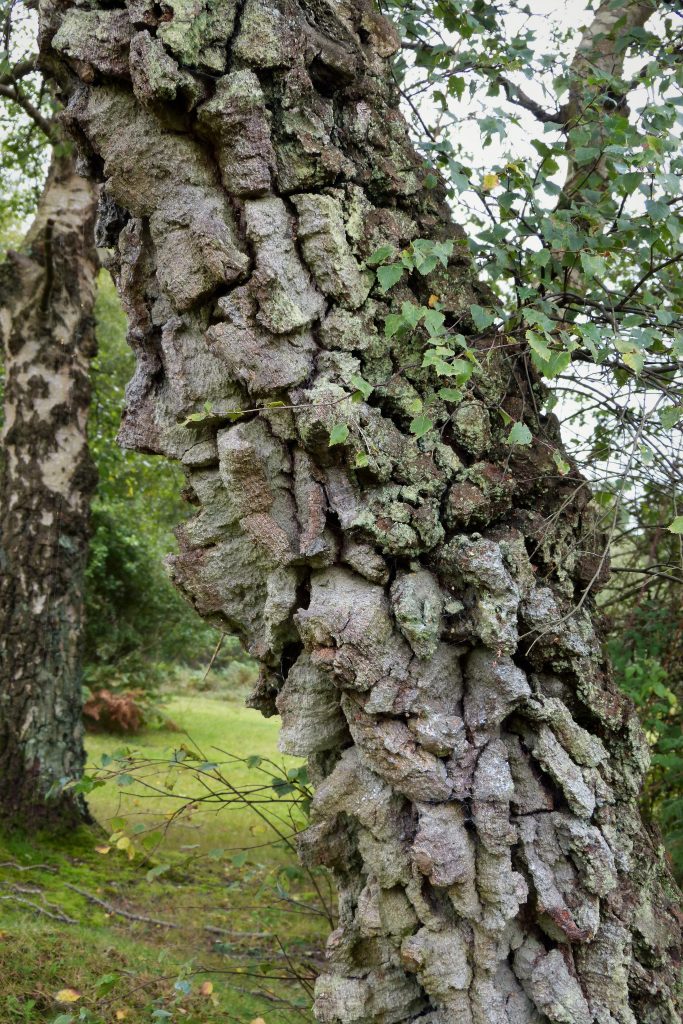This post is a continuation of our recent publication on 5 Environment-Friendly Construction Materials (Part 1). Here you will discover 5 more ecological materials to carry out your work using environment-friendly and efficient materials.
Cellulose wadding is put on paper
Cellulose wadding is made from recycled newspapers and papers, treated to make them non-flammable and anti-fungal. It must also receive an anti-mold treatment because its two defects are its sensitivity to humidity and to settling.
On the other hand, it does not attract pests because it is automatically treated with Boron salts or aluminum hydroxide. Moreover, it has a good thermal resistance.
It is most often sold in bulk and is applied by spreading or by mechanical insufflation. It can also be presented in the form of panels but is then bound with polypropylene or polyethylene fibers which take away a little of its ecological side.
Cotton or flax wool, anti-allergic
Absorbent cotton is composed of 80% recycled industrial cotton fibers and 20% polyester fibers, which minimizes the risk of allergies.
It comes in several forms: in rolls, panels or bulk.
It has many qualities:
– It has a very high thermal and phonic power;
– It is treated against mold, wood-eating insects and dust mites.
– It is not toxic,
However, it is more expensive than hemp wool.
Linen wool is made from fibers not used in the textile industry or from recycled used clothing. It can absorb up to 10 times its weight in water without any degradation. However, it still needs to be treated to prevent the development of mold and mildew.
Linen wool is marketed in the form of panels, felts or rolls that facilitate the installation of insulation.
It also has many qualities:
– It has an excellent coefficient of thermal and phonic conductivity;
– it is recyclable and anti-allergy.
Cork, a very good insulator
The cork bark is reduced to grains and then agglomerated to form a very good insulator. Cork is rot-proof, resistant to insects and rodents, as well as to moisture and fire.
Promising good thermal and sound insulation qualities, cork is however used in limited quantities because it is quickly expensive: it is necessary to count between $13 and $18 a panel of 40 or 50 cm.
Good to know: there is a cheaper alternative: expanded cork in aggregates.
The most ecological floor coverings
Bamboo floors have a great resistance and flexibility. Bamboo floors can be natural or varnished and are resistant to moisture and mold. The advantage is that these floors can be made with a fast-growing plant without endangering the ecosystem.
Linoleum is making a strong comeback because of its particularly environmentally friendly appearance. Made from linseed oil, wood, cork and pigments that are kneaded and pressed into a burlap cloth, it is completely natural. Resistant, easy to maintain, healthy and anti-bacterial, it is increasingly used in the medical field.
What about coconut, sisal, and sea rush?
– Coconut fibers come from the coconut, are processed and then woven by hand. The coconut soil remains a little stiff but is very resistant.
– The sisal fibers are extracted from the agave, a plant that allows it to absorb moisture in the rooms in which it is laid.
– Sea rush is not very sensitive to dirt, but since its fibers come from humid environments, it should not be laid in places that are too dry to avoid breaking the fibers of the flooring.
New, healthier paints
The components of the new paints have been reformulated to allow the walls and occupants of the dwellings to breathe more easily. Solvents and VOCs (Volatile Organic Compounds) have been abandoned because they are considered too toxic for people but also for their harmful effects on the atmosphere.
Water-based paints hold the upper hand and water is the main solvent. But some pigments can also be harmful because of the heavy metals they contain. For this reason, it is preferable to opt for certified natural paints using non-chemical compounds.
Natural paints are made from linseed oil, castor oil, soybean oil, cellulose, chalk, natural gum, and casein. There are also lime or clay paints.
You now know 10 ecological materials (Part 1 & 2) to carry out your work with environmentally friendly and efficient materials!
